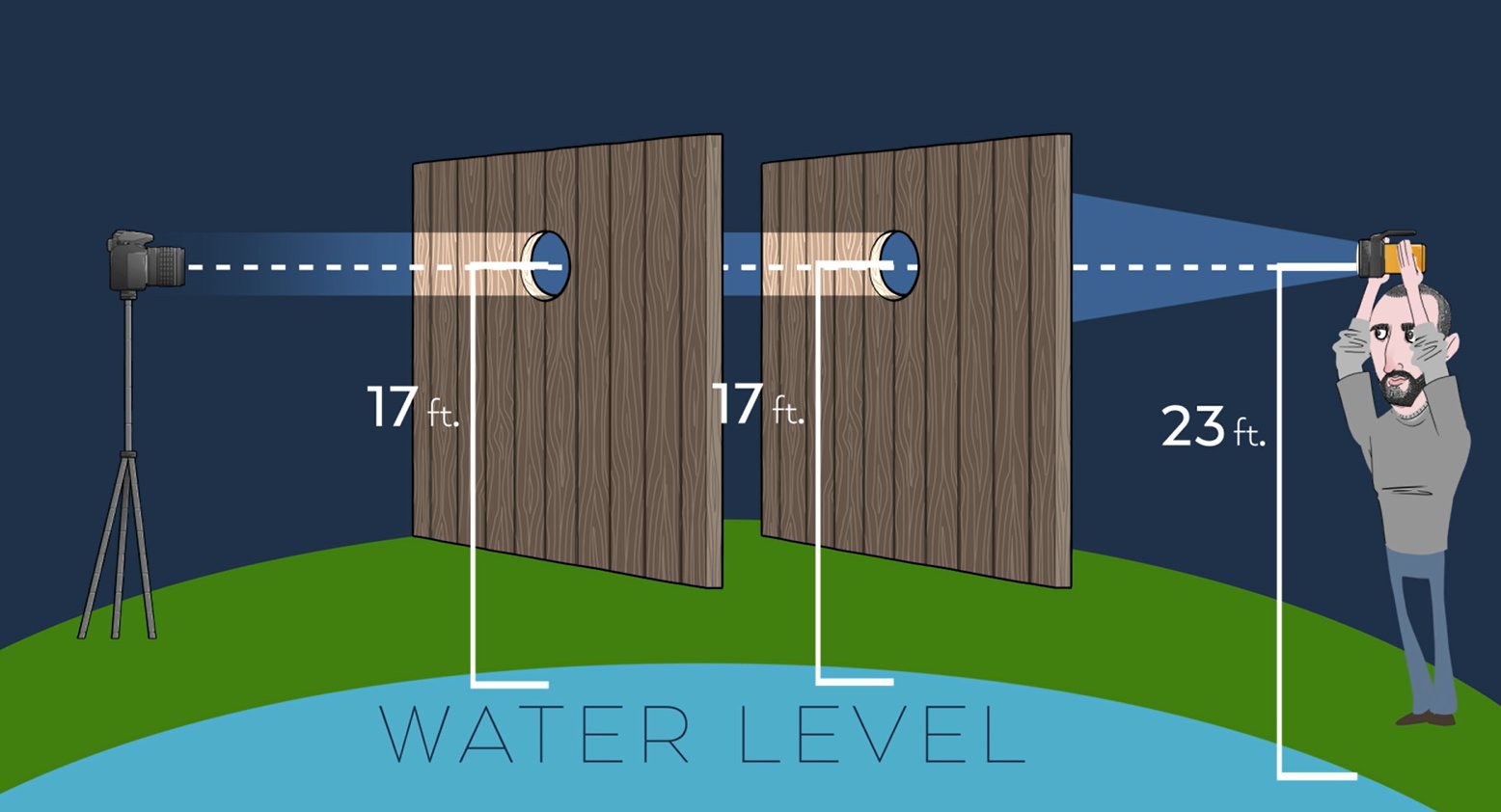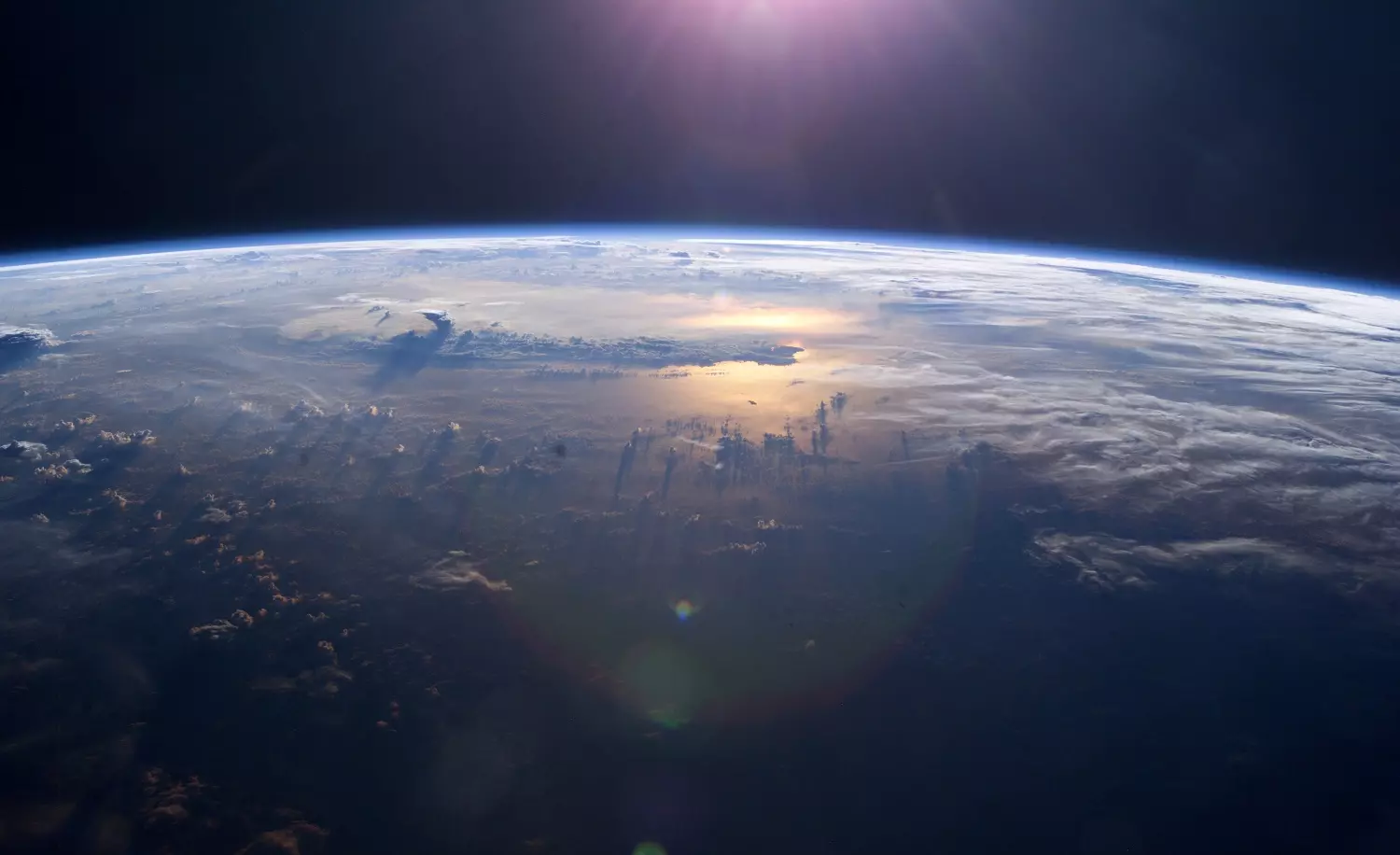[Originally published as A Really Good Flat Earth Documentary]
I have written a lot about the idea of a flat earth. While you might think that most ancient people believed it, that’s just not true. (see here, here, and here). I have also compiled a list of resources that have observations you can make today which clearly show the earth is not flat. Well, a reader of those posts made me aware of a documentary called Behind the Curve, which you can watch for free. I don’t watch a lot of documentaries, but the premise of this one sounded intriguing, so I decided to give it a try. I am glad that I did!
The documentary follows several flat-earthers as they try to make a case for their position. It allows the flat-earthers to talk and never attempts to refute any of their arguments. Between these scenes, however, there are scientists who discuss the flat-earth movement. Those scientists don’t offer any criticisms of the flat-earth arguments, either. They just discuss their impressions of flat-earthers. Refreshingly, the scientists don’t insult the flat-earthers. Instead, the scientists just discuss their impressions of how flat-earthers think as well as why they believe in such an easily refutable idea. It’s an interesting juxtaposition.
What I loved most about the documentary, however, is how it shows flat-earthers doing experiments that attempt to “prove” that the earth is flat. In one of the experiments, for example, a person bought a $20,000 ring laser gyroscope. Once it is set to point in a specific direction, it unerringly points that way, no matter how it is moved. Well, if the earth is flat and not rotating, the gyroscope would never change its orientation once it is set and left stationary. However, if the earth is mostly spherical and rotating, the gyroscope would have to change orientation to continue pointing in the same direction. Since the earth goes through a 360-degree rotation every 24 hours, the gyroscope would have to drift 15 degrees every hour.
The flat-earther discussing this experiment (Bob Knodel, an engineer) says that when they set it up, they did, indeed, see it drift at a rate of 15 degrees every hour. They didn’t like that result, of course, so they decided that there must be something else going on. Thus, they repeated the experiment, this time putting the gyroscope in a container that excludes magnetic fields. They thought that the dome of stars above the flat earth was influencing the gyroscope in some way, and the container should remove that influence.
Unfortunately for them, they got the same result. Now they are trying to find a chamber made out of bismuth into which they can put the gyroscope. I am not sure why they think that might stop the dome of stars from influencing the gyroscope, but Knodel says it is the next step of the experiment.
The other experiment is much more direct. Jeran Campanella wanted to shine a laser down a nearly 4-mile stretch of canal. He wanted to put three posts along the way and measure where the laser hit the posts relative to the canal’s water level. On a flat earth, the laser would hit each post at the same height. On a curved earth, the laser would hit the middle post at a lower point. Of course, a normal laser pointer wouldn’t be visible over such a distance, so he bought a 3-watt laser, which is very powerful. Unfortunately, when he and others did the experiment, there was just too much dispersion. As a result, the “spot” on the laser was so large that it was impossible to find where the center hit the post.
In the end, they did an ingenious variation of the experiment. They made two blinds with holes that were 17 feet above the surface of the water. They put a camera on one end of the roughly 4-mile stretch of canal and a person holding a light on the other end. The camera was positioned level at 17 feet above the water, pointed at the hole in the nearest blind. With that setup and a flat earth, the person should hold the light at 17 feet above the water for the camera to see it, as shown in this diagram that is in the documentary:

On a curved earth, the person would have to hold the light higher for it to hit the camera, as shown in this diagram, which is also in the documentary.

The documentary shows them trying to see the light on the camera’s screen when it is held at 17 feet, and they don’t see it. However, when the person with the light holds it high above his head, they see it on the camera’s screen. Campanella’s comment upon seeing this demonstration of earth’s curvature was, “Interesting.” Another experimenter suggested that the light was hitting leaves, which is why it was blocked until it was raised higher.
If you are interested in trying to understand why people today believe an idea that was thoroughly refuted more than 2,300 years ago, this documentary might provide you with some insights.






